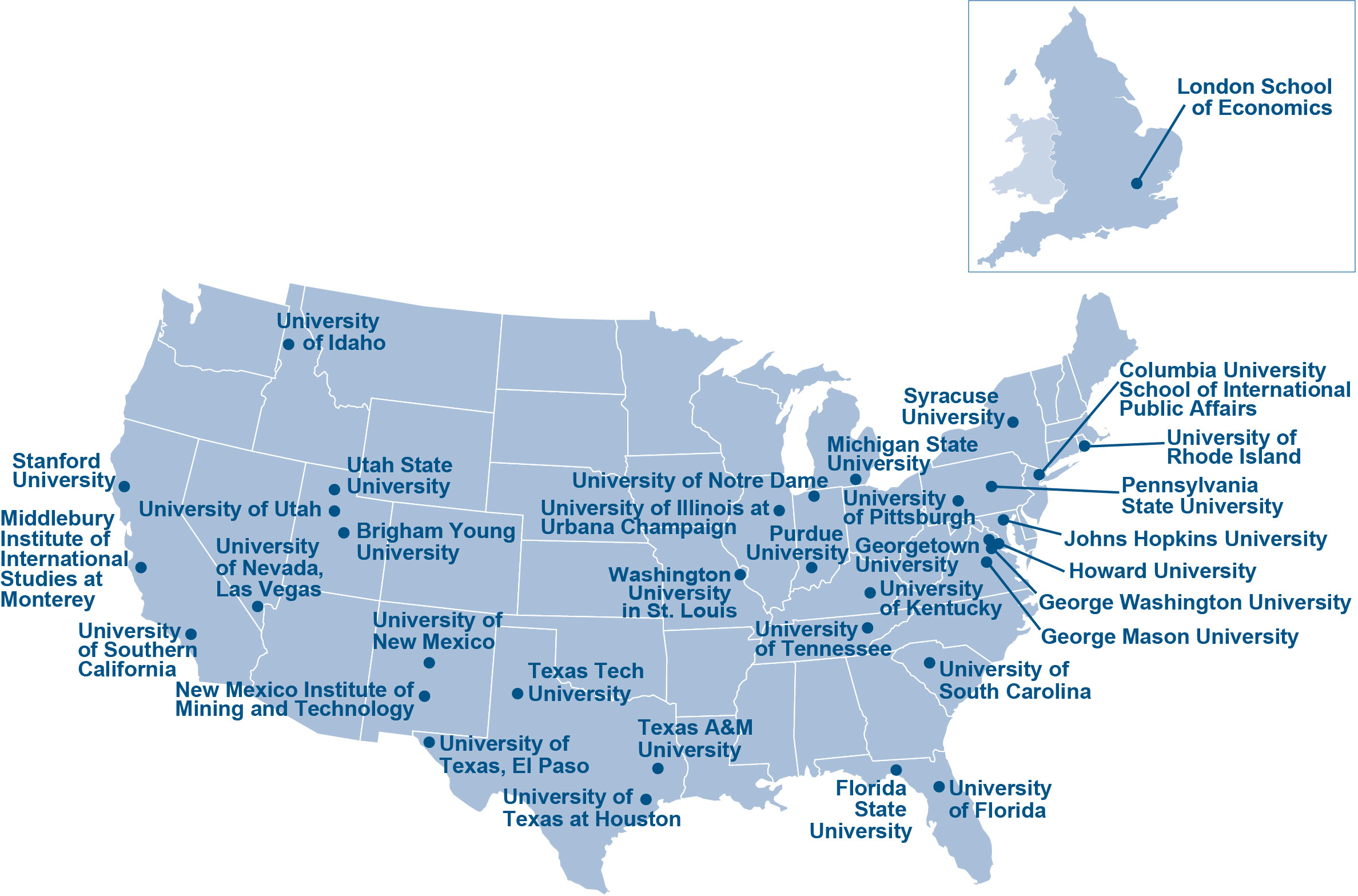The National Nuclear Security Administration (NNSA) Graduate Fellowship Program (NGFP) has welcomed aboard the Class of 2020-53 graduate students placed (virtually for now) with offices across the nuclear security enterprise.
"This is an interesting time to start a new job, but our fellows are ready for the task," said Melanie Godinez, PNNL's NGFP program manager.
This is the largest class in the program's 25-year history. The fellows hail from more than 30 universities nationwide, as well as from London, England. Their backgrounds are equally diverse and span the technical and policy realms, from nuclear engineering and physics to security and intelligence studies.
When fellows deploy to their on-site offices later this year, they are based primarily in the Washington D.C., area with a few in Los Alamos, NM; Livermore, CA; Las Vegas, NV; Oak Ridge, TN; and Amarillo, TX. Two fellows also will be placed at the Defense Threat Reduction Agency and the Department of State. While each fellowship will vary, the fellows will participate in hands-on assignments, specialized training, and the NNSA Aspiring Leadership Certificate Program as they grow as future leaders in the field of nuclear security.
"Starting remotely has not hindered our ability to provide productive experiences-the need to develop future leaders in national security endures," Godinez said.
While the Class of 2020 embarks on its new assignments, NGFP is accepting applications for the Class of 2021-2022. The program is open to current and recent graduate students, and the application closes on October 2nd, 2020.







